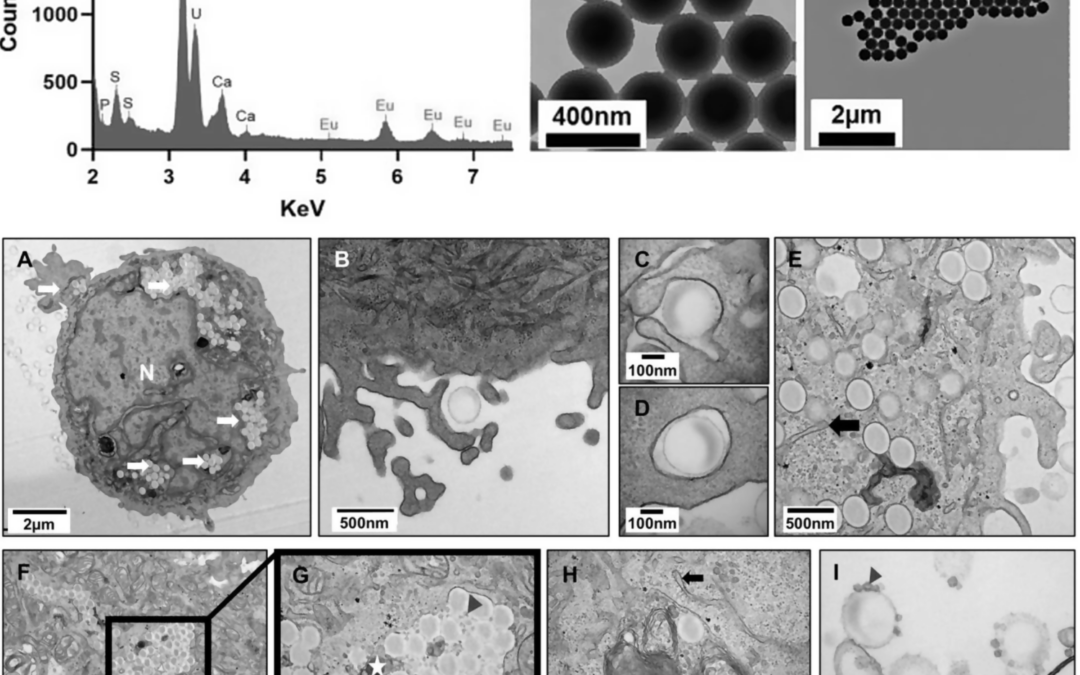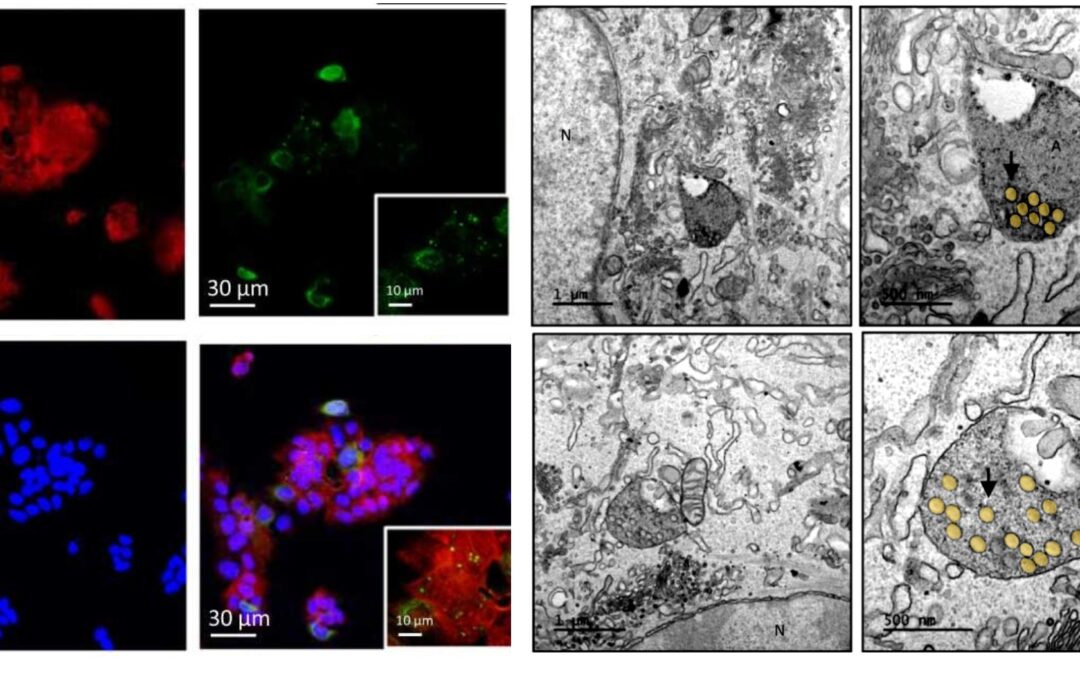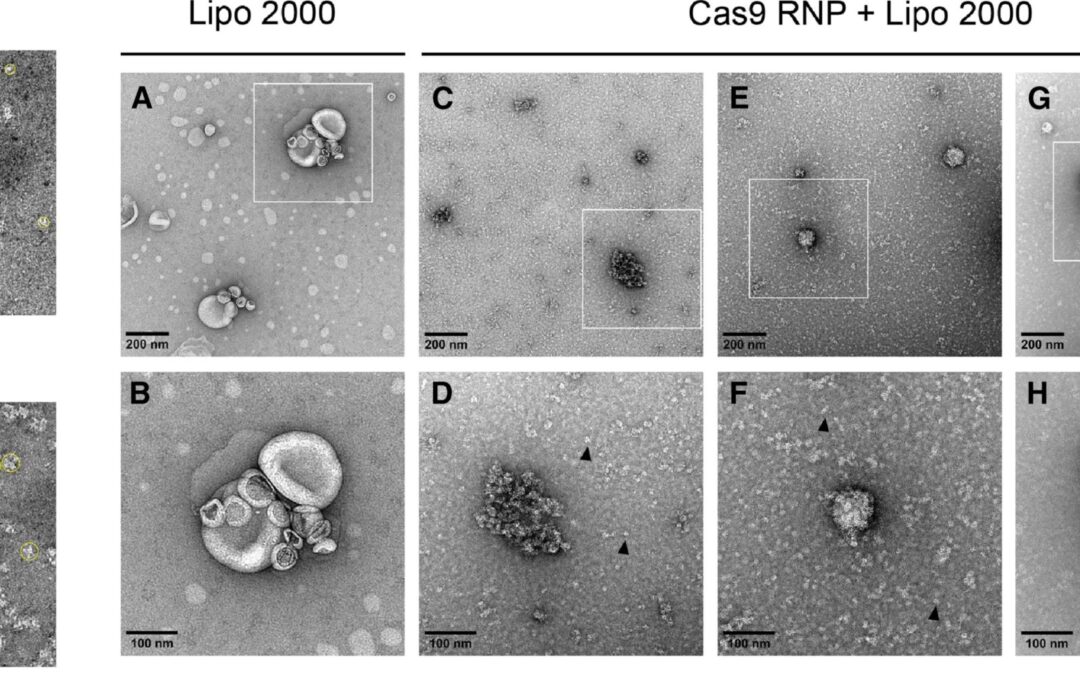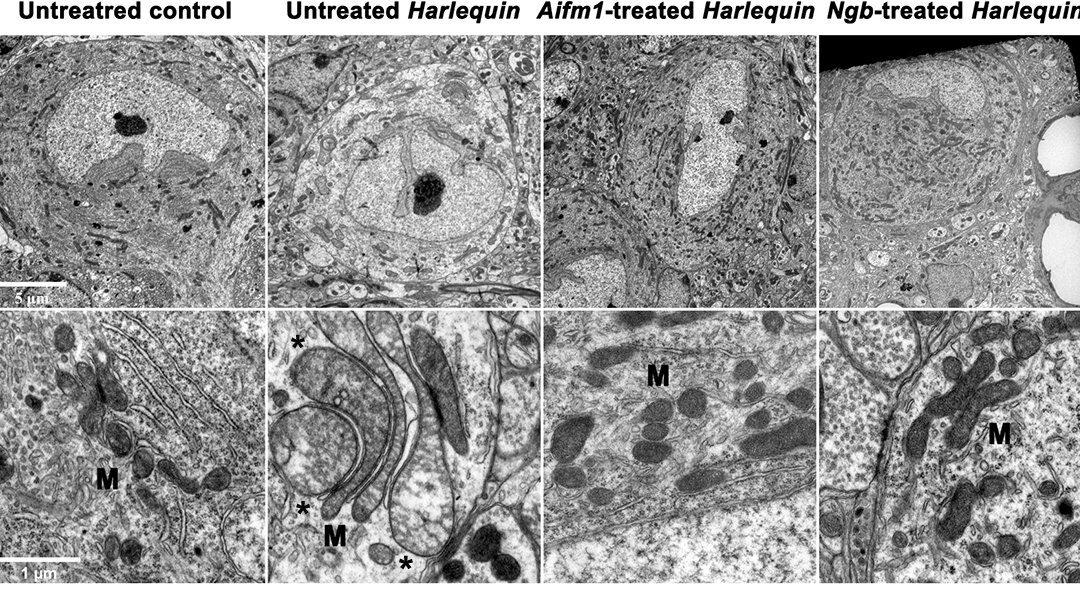Abstract
Once passed into the bloodstream, bacterial pathogens have a limited time to interact with permissive receptors at the surface of host cells. Neisseria meningitidis has developed an extremely effective strategy allowing it to find its receptors in a few seconds. Here, we report that N. meningitidis type IV pili exploit the physical properties of host cells plasma membranes to promote the formation of early tubular membrane structures essential for initial bacterial adhesion. These tubular structures, which form before any signaling events in host cells, concentrate and trap multiple plasma membrane-associated proteins in the vicinity of bacteria, thereby facilitating the selection, interaction and activation of specific adhesion and signaling receptors by bacterial ligands bound to type IV pili. Our results define an additional paradigm for the recruitment of specific receptors by pathogenic bacteria, which depends on the physical property of bacterial pili to induce the formation of tubular plasma membrane structures enriched in integral membrane receptor.

À lire aussi

Publié récemment
L’équipe de Sonja BOLAND et Stéphanie DEVINEAU (Unité Biologie Fonctionnelle et Adaptative, CNRS, UPCité, Paris, France ) a étudié l’effet des nanoplastiques (NP, < 1 µm) sur les cellules épithéliales bronchiques et alvéolaires humaines.

Publié récemment
Le Dr Amal Zerrad-Saadi de l’Université Paris Cité révèle pour la première fois les conséquences d’une exposition aigue à des nanoplastiques sur le placenta humain chez la femme enceinte.

Publié récemment
Le Dr Deniz DALKARA (Institut de la Vision, Inserm UMRS 968, Paris) a utilisé la TEM pour caractériser des complexes cas9-ARN destinés à l’édition génique dans les photorécepteurs de la rétine.

Publié récemment
Le Dr Marisol Corral-Debrinski (Université Paris Cité, NeuroDiderot) a étudié l’effet, sur les mitochondries des cellules de Purkinje du cervelet, d’une thérapie génique par surexpression de la Neuroglobine dans un modèle murin de maladie mitochondriale (souris Harlequin).
